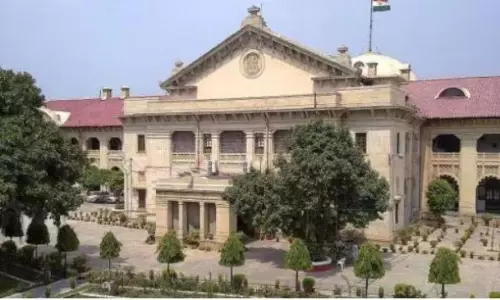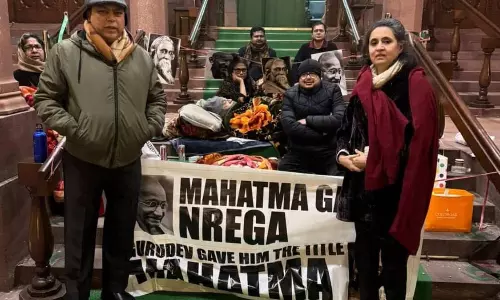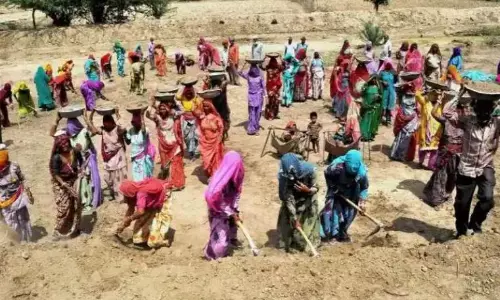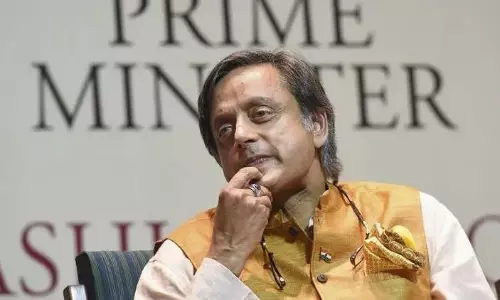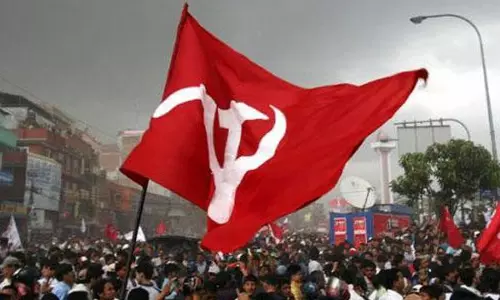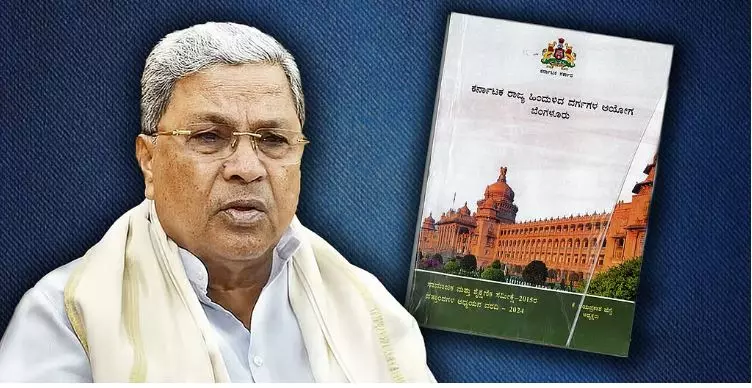
Despite being largest, Muslims still more backward; Brahmins most advanced: Karnataka caste survey
text_fieldsLeaked portions of Karnataka’s long-awaited Social and Education Survey, commissioned by the Siddaramaiah-led Congress government in 2015, reveal that Muslims are among the “more backward” communities in the state, despite being one of the larger religious groups by population.
The survey, which measures backwardness through social, educational, and livelihood indicators, places Muslims seventh on a list ranking 23 major caste and community groups, indicating their relatively low development status in key areas, according to The News Minute report.
The survey assigns a composite backwardness score out of 200, drawing from 100 points for social indicators, 68 for education, and 32 for livelihood aspects. Communities scoring above 90 are classified as “Most Backward,” those scoring between 50 and 89 are “More Backward,” and those between 20 and 49 are “Backward.”
Scores below 20 fall in the “General” category, representing the least backward. The leaked data, although partial, places Muslims in the “More Backward” category, with several other caste groups, including Marathas, Tigalas, and Idigas, sharing this classification.
The social backwardness component evaluates factors such as housing type, sanitation facilities, type of cooking fuel, urban or forest dwelling, and prevalence of caste-based occupations, particularly those deemed unclean or polluting.
It also considers the age of marriage and employment in the unorganised sectors. Educational backwardness is assessed based on enrolment, dropout rates, and higher education access, while livelihood backwardness measures the type and quality of employment across gender.
Although the survey does not list individual scores for all communities in the leaked portions, the inclusion of Muslims in the “More Backward” bracket suggests significant challenges in social mobility, education, and livelihood security. This status is particularly notable in light of comparisons with other large communities like Brahmins, Vokkaligas, and Lingayats, who, despite expressing concerns over their representation in the survey, are shown to be among the most socially advanced.
Brahmins, who make up just 2.62% of the population, are placed in the General category with the lowest overall backwardness score of 11.29, while Vokkaligas and Lingayats also score below the mid-point of 90. In contrast, Muslims, though not explicitly listed among the most backwards, remain significantly behind these socially advanced groups, and their position among the “More Backward” reflects persistent structural disadvantages.
The findings broadly corroborate the conclusions of the 1990 O Chinnappa Reddy Commission, which assessed communities based on employment in government services, access to higher education, and political representation. That commission had found that Muslims were among those with lower access to prestigious government jobs and higher education compared to more dominant communities. The new survey builds on this framework, adding granular socio-economic indicators to assess backwardness across different dimensions.
While Brahmins, Lingayats, and Vokkaligas were found to have disproportionate access to government jobs and higher education relative to their population, Muslims, along with communities such as Idigas, Viswakarmas, Kurubas, and Besthas, remained underrepresented across public services and education. Despite their substantial numbers, Muslims also remain underrepresented in political spaces, with few elected representatives at any level of governance.




